Ask a Publicist: What Goes Into a Press Kit?
27 Oct 2015
If you’re in a band in 2015 you may be asking - What’s a press kit? Why do I need one? Where do I start? Alyssa DeHayes and our friends at Sonicbids are here to help. Check out this blog post for all the need-to-know info on press kits.
—
*A version of the following article originally appeared in The Indie Musician’s Ultimate Guide to Booking Great Gigs, a free ebook from Sonicbids featuring pro tips and advice from musicians, venue owners, and talent buyers.

ASK A PUBLICIST: WHAT GOES INTO A PRESS KIT?
by Alyssa DeHayes
—
I’ve received a few emails from readers asking what goes into a basic press kit.
For starters, host your press kit online. A clean, organized, self-serve electronic press kit (EPK) – be it a tab on your website or on the Sonicbids platform – will be far better received than a huge attachment on an email, especially if it’s an unsolicited email.
Unless you’re trying to be elusive, or don’t want any press at all, a writer or talent buyer shouldn’t have to go all Nic-Cage-in-National-Treasure to find information about your band. If you want coverage, you should make it as quick and simple as possible for someone to track down the information they need to write about you, and the contact info they would need to find further information.
It’s also worth taking a step back and considering whether the aesthetic of your press materials is cohesive. Do your photos, artwork, videos, and design of your EPK all look like they represent the same band, or are they disjointed?

THE EPK BASICS
—
MUSIC
Include music people can hear and repost. I recommend picking your three best tracks, and linking to them on a platform that provides embed codes for streaming like SoundCloud or Bandcamp.
BAND PHOTOS / ALBUM ART
You should have hi-res (300 dpi) and lo-res (72 dpi) versions, 600 pixels wide at a minimum. Make sure that you provide horizontal options and vertical options, since different outlets have different layout preferences.
Band photos are not the same as live photos. Feel free to throw in live photos if there are a few images you feel are visually striking and explain what’s unique about your live show, but have an aesthetically interesting and well-composed band photo as well. Save your largest file versions in a folder on Dropbox so you can quickly share a link should an outlet need something even larger than what you have on your EPK without including an attachment several megabytes large.

BIO
Include background information about yourself, and any relevant information about your releases. Try your best to strike a balance between engaging and entertaining, and informative with facts a journalist would need to know about your music. If you can’t resist the urge to call yourself “epic” or “the greatest musician of your time,” you may want to recruit a friend to write a bio for you, or hire a music writer to tell your story.
VIDEOS
Music videos provide writers with multimedia content to share with their readers. I know I’m far more likely to post about a band on my own blog when there is a compelling, thoughtful video to accompany a track. Your videos should be hosted on Vimeo or YouTube with embedding enabled. If you include a live video, be sure it’s good quality and representative of what your live show is like. Limit live videos to your one or two best. If people want to see more, they can visit your YouTube or Vimeo account.
LINKS
Include links to social media, tour dates, and where to purchase your music.
PAST PRESS
If applicable, throw in a few compelling quotes from past press, linking back to the full articles.
CONTACT INFO
Include contact info for your band, and contacts for booking and media inquiries if someone else handles those areas.
BUT WHAT ABOUT PHYSICAL PRESS KITS?
In the past five years of handling publicity for bands and record labels, I’ve never needed a physical press kit. I have, however, had a lot of writers request physical copies of promo CDs. While I don’t recommend wasting your money on a fancy folder of glossy photos (what’s someone going to do with those anyway, scan them?) and promotional paraphernalia, I do recommend having physical promo CDs (artwork versions if possible, or thoughtfully homemade CDs) and an informative one-sheet with a link to your EPK clearly placed for individuals and outlets who need physical submissions.
If you decide to include any promotional items, I’d keep them small and inexpensive, like buttons and stickers, or at least prioritize a handful of top-tier writers who cover your genre to send bigger items to. Sending a T-shirt or tote bag to someone who may not even like your band isn’t a wise use of precious band money. Save those items for merch, or send them later on as a thank you to supporters. Refrain from any extras that have nothing to do with your band, as those may be seen as payola or bribery.
And while this may seem obvious, package any physical materials safely, and include enough postage.
* Alyssa DeHayes is a national publicist for labels and independent artists at Riot Act Media, and runs a fledgling label of her own.

